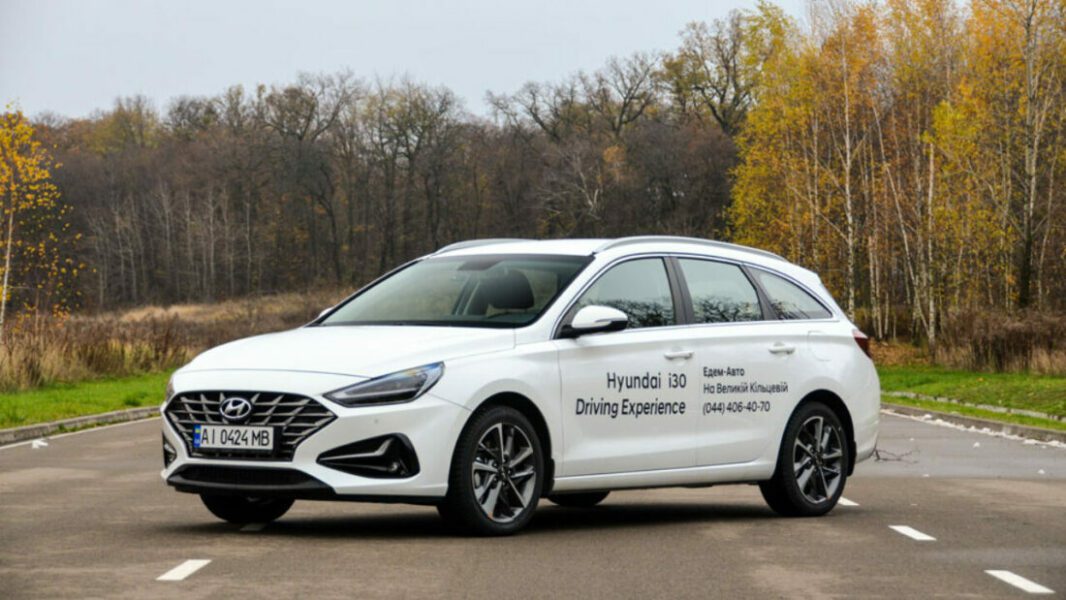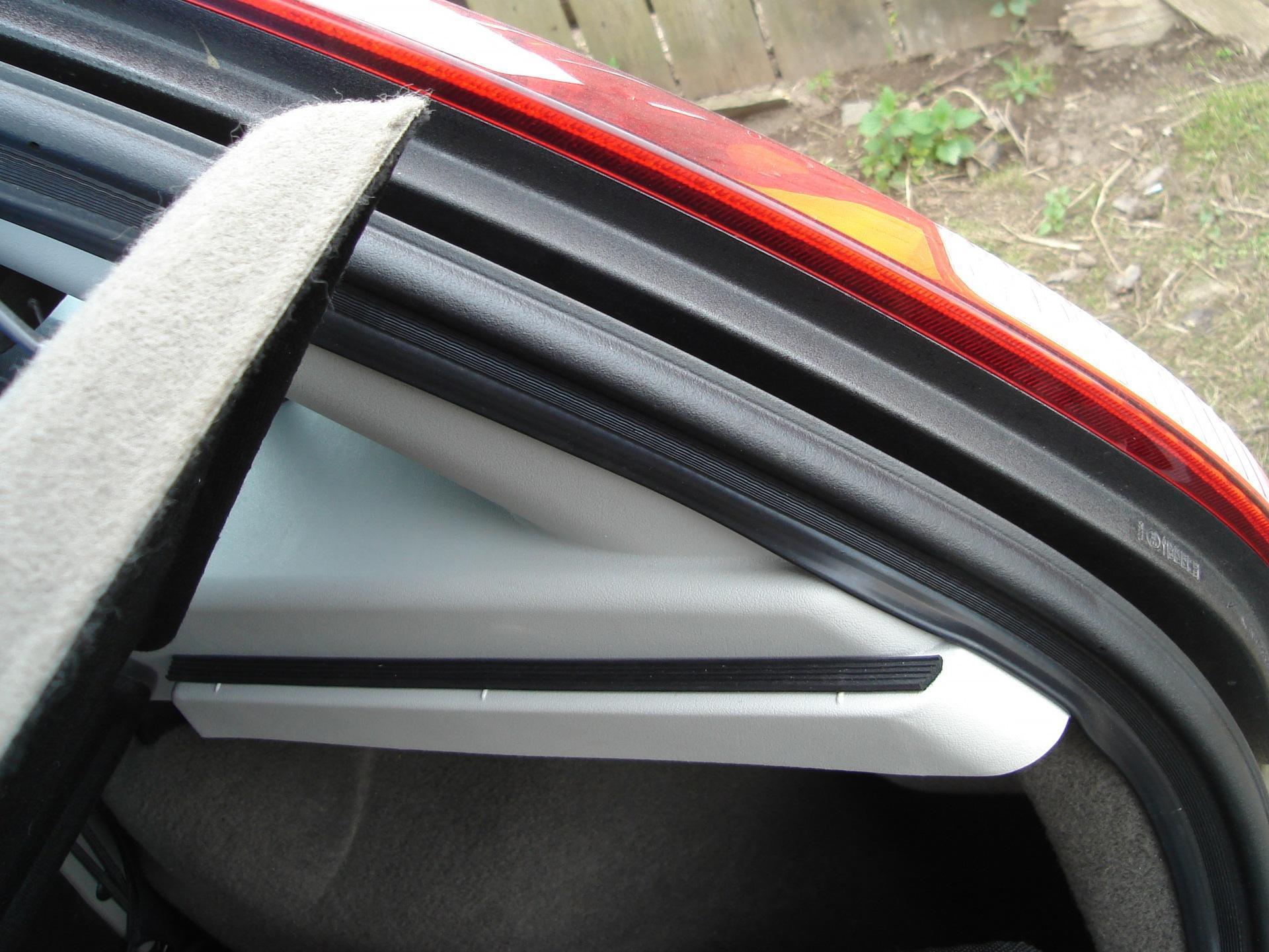
Short test: Hyundai i30 DOHC CVVT (88 kW) iLook (3 doors)
Well, of course, the i30 is not a sports car, but it is still primarily aimed at young people or young at heart. You know, sitting a toddler in a high chair in the back seat of a three-door car isn't a cat cough, and older passengers aren't busy leaning back.
In addition, there is an opinion that three-door cars look much better, their shape is more dynamic, in short, more sporty. And that this is indeed the case, Kia proved many years ago. The three-door version of the Cee'd was taken for granted by Slovenian youth, driven (and at least by most of them still), both by young people and by the fairer sex. Hyundai has similar wishes now, but it is not an easy task. The first and foremost hurdle is, of course, price.
While the Proo_Cee'd was affordable at least early in its sales journey, the i30 Coupe is much more expensive. And price, at least in the current economic climate, is almost the biggest problem or the most important factor in choosing a new car, it is certainly also to blame for the poor sales of the Hyundai Veloster.
And back to the i30 Coupe. In terms of design, the car can be safely called the most popular in the i30 family. Hyundai is making sure that it inherits the best from the other two models while adding more dynamism and sportiness. The front bumper is different, a rear spoiler has been added, and the side line has been changed. The hood is black, the LED daytime running lights are differently decorated.
Inside, there are fewer changes compared to other brothers. Of course, the doors are significantly longer, which can cause problems when parking or getting out of the car when the cars are parked too close together, but getting in is much easier when there is enough space. An additional problem with large or particularly long doors is the seat belt. This, of course, is usually on the B-pillar, which is far behind the front seats due to the longer doors, making it difficult for the driver and his passenger to reach them. To do this, the i30 Coupe has a simple plastic seatbelt clip on the strut, which greatly simplifies the fastening process. Commendable.
Much less praise deserves the 1,6-liter petrol engine. The i30 is factory set to accelerate from 0 to 100 km / h in less than 11 seconds and reach a top speed of 192 km / h. Well, our measurements showed the test i30 in a much worse light and confirmed the feel of everyday driving. The engine timidly concealed its 120 "horses", possibly also because it traveled only a thousand kilometers.
Dynamic acceleration required turning the engine at high revs, and the logical consequences of such driving are increased engine noise and increased fuel consumption, which the driver does not want. Factory data for 100 kilometers promises an average consumption of less than six liters, and the amount at the end of the test showed us a whopping 8,7 liters. But as I said, the car was brand new and the engine was still not working.
As such, the i30 Coupe can still be described as a welcome addition to Hyundai's offering, which, like other models, is still available at a special price. After all, not all drivers are the same, and for some, the look and feel of the car is more important than its (or the engine's) performance. And it is right.
Text: Sebastian Plevnyak
Hyundai i30 DOHC CVVT (88 kW) iLook (3 doors)
Basic data
| Sales: | Hyundai Auto Trade Ltd. |
|---|---|
| Base model price: | 17.580 € |
| Test model cost: | 17.940 € |
| Calculate the cost of auto insurance | |
| Acceleration (0-100 km / h): | 11,5 with |
| Maximum speed: | 192 km / h |
| Mixed flow ECE: | 8,7l / 100km |
Technical information
| engine: | 4-cylinder - 4-stroke - in-line - petrol - displacement 1.591 cm3 - maximum power 88 kW (120 hp) at 6.300 rpm - maximum torque 156 Nm at 4.850 rpm. |
|---|---|
| Energy transfer: | front wheel drive engine - 6-speed manual transmission - tires 225/45 R 17 W (Hankook Ventus Prime). |
| Capacity: | 192 km/h top speed - 0-100 km/h acceleration in 10,9 s - fuel consumption (ECE) 7,8/4,8/5,9 l/100 km, CO2 emissions 138 g/km. |
| Mass: | empty vehicle 1.262 – 1.390 kg – permissible total weight 1.820 kg. |
| External dimensions: | length 4.300 mm - width 1.780 mm - height 1.465 - 1.470 mm - wheelbase 2.650 mm - trunk 378-1316 l - fuel tank 53 l. |
Our measurements
| T = 25 ° C / p = 1.130 mbar / rel. vl. = 33% / odometer status: 2.117 km | |
| Acceleration 0-100km: | 11,5s |
|---|---|
| 402m from the city: | 18,0 years ( 127 km / h) |
| Flexibility 50-90km / h: | 13,8 / 16,2s (IV/V) |
| Flexibility 80-120km / h: | 17,7 / 20,4s (Sun./Fri.) |
| Maximum speed: | 192km / h (WE.) |
| test consumption: | 8,7 l / 100km |
| Braking distance at 100 km / h: | 36,7m |
| AM table: | 40m |
evaluation
The Hyundai i30 Coupe is proof that even quite ordinary cars that are designed for only three doors and lend themselves to a little repair can look good. With a few beauty accessories, many garage recyclers will easily turn him into a real athlete.
We praise and reproach
form
feeling in the cabin
storage space and drawers
open space
trunk
engine flexibility
gas mileage
price

